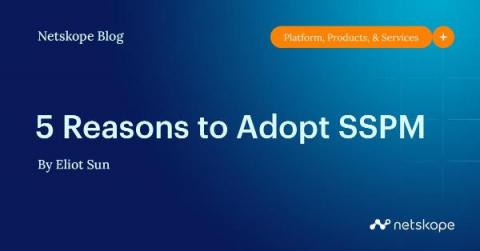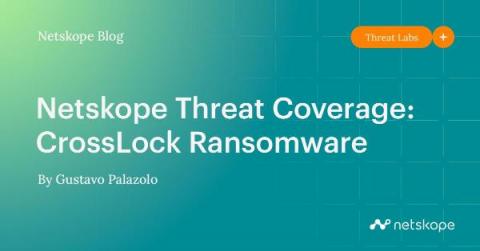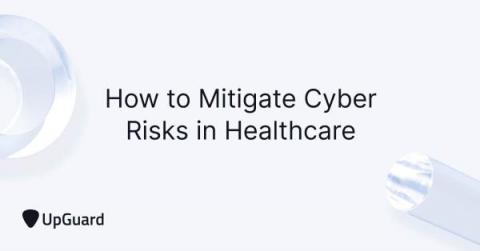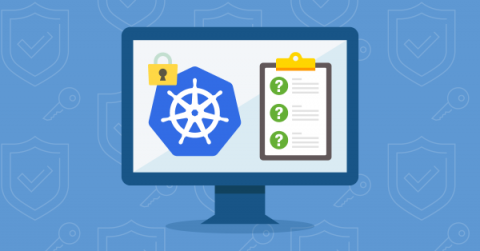The CPRA compliance checklist every business should follow in 2023
The content of this post is solely the responsibility of the author. AT&T does not adopt or endorse any of the views, positions, or information provided by the author in this article. The California Privacy Rights Act (CPRA) was passed in November 2020. It amends the 2018 California Consumer Privacy Act (CCPA) introduced in response to rising consumer data privacy concerns.










